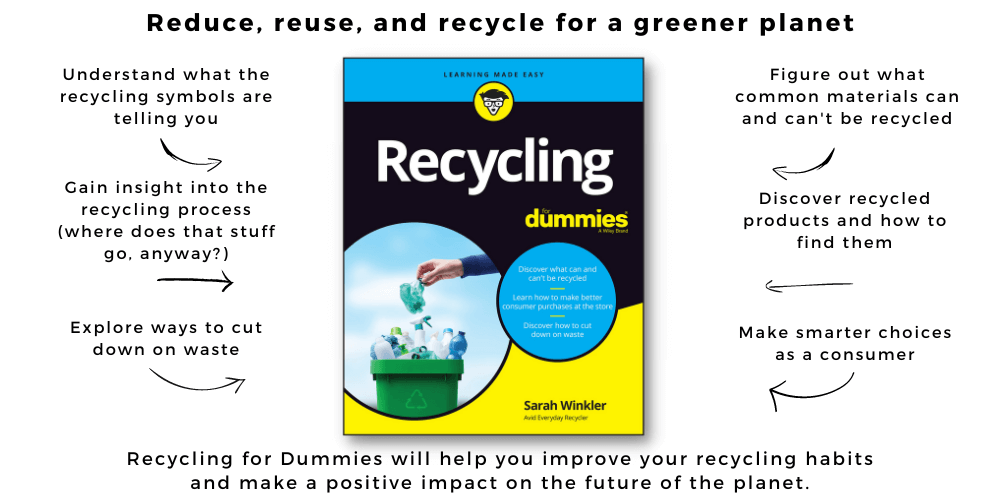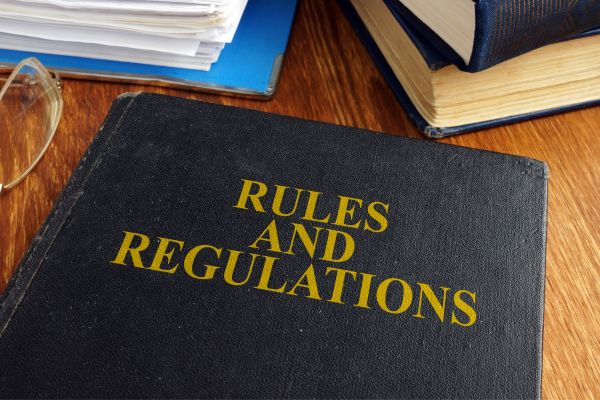FINDING YOUR RECYCLING RULES
One of the most important things you can do to improve your recycling habits is to get familiar with your local recycling rules.
It can often be frustrating when recycling rules vary from place to place or change over time. It would be much simpler if we could have consistent recycling rules everywhere. I hear you! But the thing is, there are some really good reasons why the rules are different. Once you understand why, you might be a little more forgiving when things change or vary and maybe even see it as a good thing.
Why are there so many different rules?
To understand why there are so many different rules for recycling, we must look a little deeper into the recycling process.
It sounds relatively simple, collecting an item and making it into something new. We place a piece of paper, plastic, metal, or glass into one or more bins at our home. These are then collected, the materials sorted, and then sent off to be used in new products. Recycling done!
But there’s actually a lot more to it. Let’s examine some of the factors that add to the complexity of recycling.
Materials are multifaceted
Materials are not always that simple. Let’s take glass as an example. When we think of glass, we generally think of one material. It’s all glass, right? But there are actually many different glass types, each with different properties. Think about the many glass objects around your home. There are glass bottles and jars, drinking glasses, glass bowls and serving dishes, light bulbs and glass fittings, decorative glass, window glass, and glass mirrors. Each of these items is constructed from a different sort of glass, and regrettably, not all of them are recyclable. In fact, when they are mixed with recyclable glass, they can cause issues.
It’s a similar story for other categories of materials collected through curbside recycling. There are many different types of plastics, paper, and metals too. Each with different characteristics and recyclability.
But doesn’t that make it even harder to know what to recycle, given there are so many different types of materials?
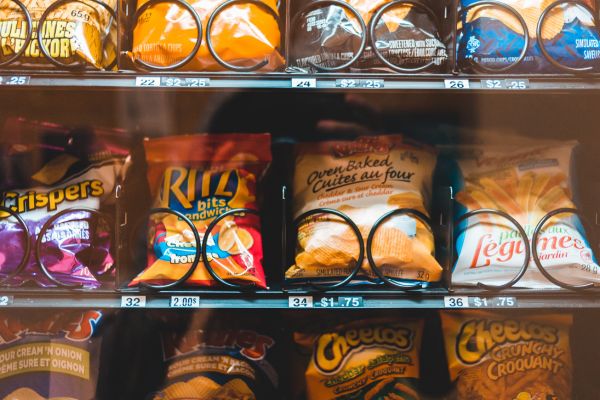
Initially, you might think so, but I think it makes it a bit easier. It helps us to understand why rules are a certain way. For example, your curbside program might say “no drinking glasses”. We read this and get confused, “it’s glass, right! so why won’t they accept it?” But now that you understand that the drinking glasses are probably made from a different type of glass that may even contaminate the recyclable glass, it helps you to understand why the rule exists.
We must keep the non-recyclable materials out, so they won’t contaminate the good recyclables and result in them being sent to landfill.
Sorting isn’t so straightforward
It might sound reasonably simple to take a mix of paper, plastic, metal, and sometimes glass and sort it into categories; however, there’s actually quite a bit to it. Not only do Material Recovery Facilities (or MRFs) need to sort the materials into these 4 categories, but they also must be sorted into the different types of paper, plastic, metal, or glass. At the same time, they must remove any contamination that has made its way into the mix.
As we discussed above, there are many different types of materials in each category that, in most cases, can’t be processed together. To sort these materials, an MRF sends the materials through all manner of machines and miles of conveyor belts, plus there is usually some manual sorting by workers along the way.
This video from CSWD in Vermont demonstrates how the material is sorted at an MRF.
Every location is different
The communities that a curbside collection program services can be quite different from one another. Some might be purely residential, others may have a mix of small businesses and residential homes, while others might be semi-rural. These communities may create different types of waste, which can lead to different rules being adopted across locations.
Every MRF is different
MRFs are generally private businesses with a varying mix of equipment types and quality. Some feature cutting-edge technology and almost no manual labor, whilst others rely heavily on hand sorters and have much older machinery. The capability of the machinery at an MRF is one factor in determining what is accepted or not. For example, if an MRF doesn’t have the capability to sort a certain type of material, it may have a rule restricting it.
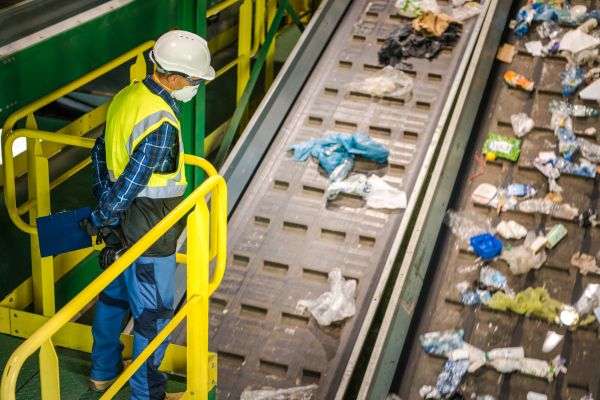
End Markets are essential
It costs money to collect and sort all these recycling materials. In many places, governments help pay for the service, but other areas are serviced solely by private companies. No matter the method of service, collecting and sorting recyclables costs money. The best way for recycling companies to recover some of the cost is by selling the recyclables. However, this can only happen if the material has an end market. In other words, if a manufacturer wants to buy and use the material.
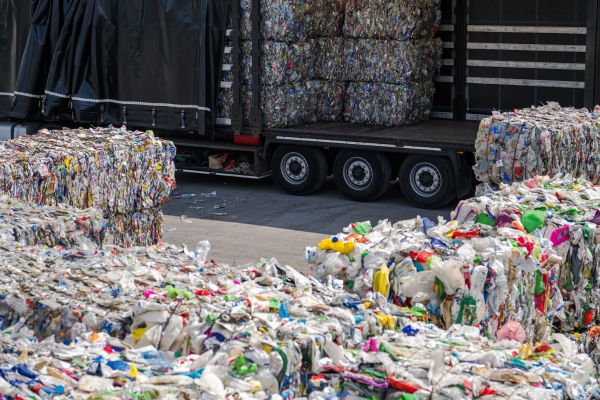
The existence of an end market can be affected by the following:
- Whether or not a manufacturer or company wants to buy the material.
- How far away the end markets are. If the manufacturer is a long distance away, it might be too expensive to justify transporting the recycled material.
- How economical it is for the recycled material to be used in place of raw materials. Recycled materials must still compete with new resources like plastic, which are often much cheaper and more readily available than recycled content.
You might be pleased to learn that you can help improve the situation. Buying products that use recycled content will help to create a demand for recycled material and improve these end markets. If you haven’t already, why not take a look at our Directory of Brands that use recycled content?
TASK
The task for this lesson is for you to find your local recycling information and learn the key rules. Remember, one of the most important steps we can take is to get familiar with our local rules.
I have provided a checklist to help you record the most important rules in your local area. Below I describe the steps to complete the task.
Step 1 – Find your local recycling info
Below are some links that will help you find your local authority website. Choose the relevant link, depending on where you live. Each website may ask for your zip code, postcode, town, city, or suburb. It will then provide you with a link to your local authority website (this could be your town or city government or a local council, depending on where you live). If your country is not listed or the search doesn’t work for you, try doing a Google search for “recycling near “xxxxx” and replace the xxxxx with either your postcode or your suburb, city, or town.
Here are some tips for different situations:
- If you are subscribed to a private company for curbside services, go, to their website.
- If you live in an area with no curbside services, refer to the rules of your local recycling center or transfer station.
- If you live in an apartment, things might be slightly different. Check and see if you can find the rules for your building. You may have been given a pamphlet at some stage, or you might find the information on posters in the waste area or basement of your building. If you don’t have any services available, then you can fill out the information for your local transfer center or nearest recycling facility.
- If you are still unable to find your local information, then try contacting your local town or city government over the phone and ask for their assistance. Or feel free to reach out to Everyday Recycler through the Facebook group or via email, and we can help out.
Once you have the correct website for your local service, you will need to navigate to their recycling information. Generally, this will be in their menu under “Recycling”, “Waste collection”, or “what is accepted”. Hunt around until you find the information.
Step 2 – Check all the rules listed in your local area
Have a look around the website and see what info they provide. Every group displays the recycling information differently (Another reason why it can be so confusing for us). Sometimes they have a long list of all the items you might use and dispose of on a daily basis. Others might simply list categories of items like paper & cardboard.
My favorite is when they provide an A to Z list of items, explaining which bin each one should go in.
Step 3 – Record the key rules
Once you are familiar with the information on your local website, there are a few important questions you will want to know the answer to. You can record these by using the checklist provided in this week’s email.
Download your checklist here Curbside Recycling Checklist.pdf
The checklist is not intended to replace the information provided by your local authority or recycler. Its purpose is to help you record the key rules once you have located them.
Note: you will still need to refer back to your local authority website to check whether individual items are accepted or not.
Work through the checklist, and if there are any items that you cannot figure out, try contacting your local authority by email or phone.
Once you have filled in the checklist, put it somewhere you can see it easier for future reference, such as on your fridge or near your recycling bin. If you are not able to complete the checklist in full, don’t worry, we will be revisiting it in the next few lessons.
Step 4 – Set a reminder
As we learned in Lesson 1, the rules in your local area can change over time. This is good because it means your local service is re-assessing what they accept or don’t accept based on the materials, their local capabilities, and the end markets. It’s important to keep up to date on the rules, so I recommend that you set a reminder in your calendar or phone to come back and go through steps 1 to 3 above.
Remember, the checklist is a guide to cover the most important rules, but you should always refer to your local authorities website to check individual items if unsure.
SUGGESTED READING
Let us know how you went filling out your form in the Facebook Group
In Lesson 3, we will be taking a look at recycling codes and symbols and how they can help you work out if an item is recyclable.
Let’s conquer curbside recycling together.
You can jump to any of the other lessons below:
- Conquer Curbside Recycling Challenge Page
- Lesson 1 – WHAT IS RECYCLING AND WHY IS IT IMPORTANT
- Lesson 2 – FINDING YOUR RECYCLING RULES
- Lesson 3 – RECYCLING CODES AND SYMBOLS
- Lesson 4 – REDUCING CURBSIDE RECYCLING CONTAMINATION
- Lesson 5 – GETTING FAMILIAR WITH SOME COMMON RULES
- Lesson 6 – RECYCLING GLASS IN CURBSIDE BINS
- Lesson 7 – RECYCLING PAPER IN CURBSIDE BINS
- Lesson 8 – RECYCLING METAL IN CURBSIDE BINS
- Lesson 9 – RECYCLING PLASTIC IN CURBSIDE BINS
- Lesson 10 – RECYCLING CURBSIDE BINS OVERVIEW
If you liked this challenge, then you are definitely going to like my book “Recycling for dummies”. It has 384 pages filled with knowledgeable and actionable content for you to become a better recycler. Find out more here.
